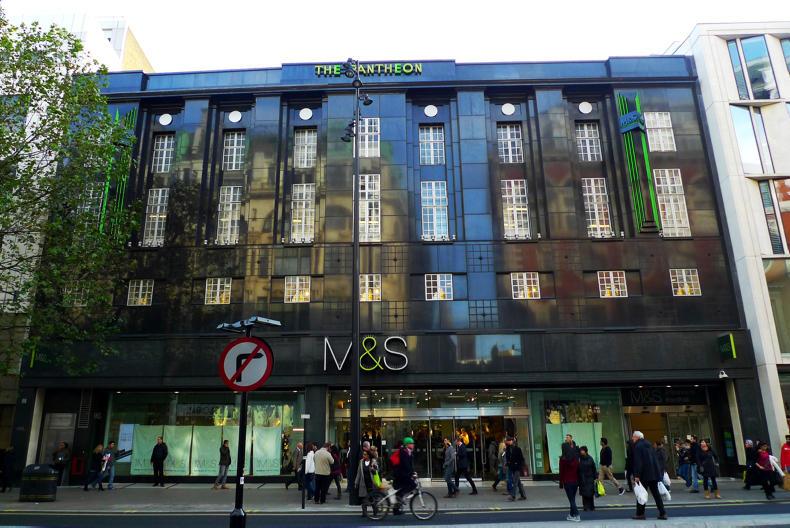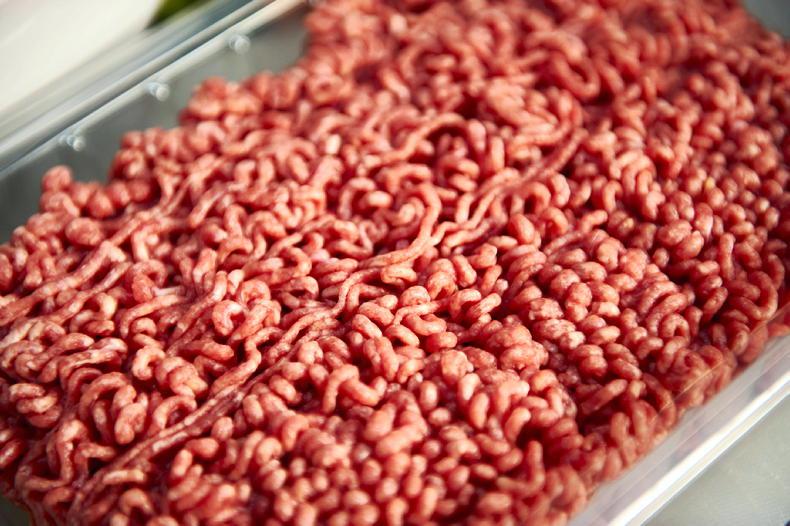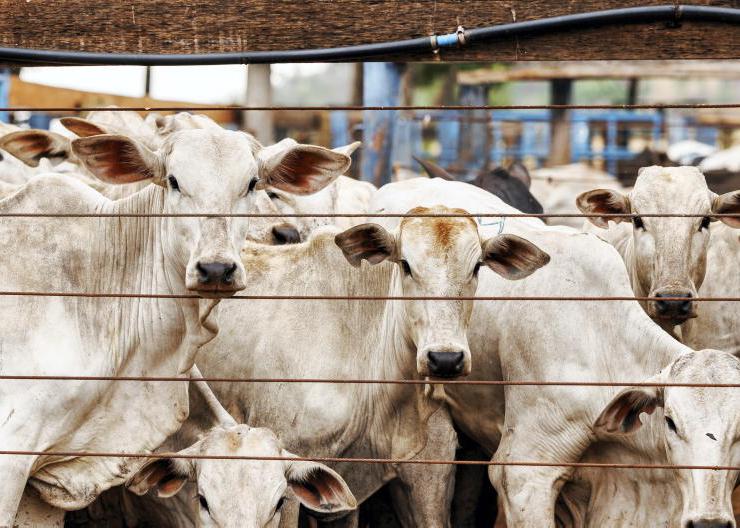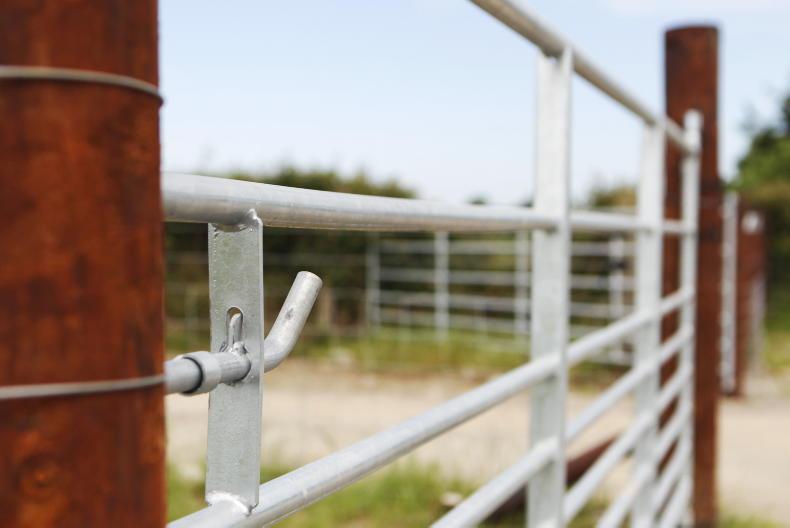According to M&S, animals farmed in its supply chain in these three categories receive a lower dose of antibiotics than the industry average. They are also below the target set by the UK’s Responsible Use of Medicines in Agriculture Alliance (RUMA) for 2020.
This is particularly true in pigs, where the average UK animal received 183mg of antibiotics per kg liveweight in 2016, while those farmed for M&S received 41mg both last year and this year. The RUMA target for 2020 in pigs is 99mg/kg.
The retailer reported a drop in the use of antibiotics in dairy cows and chickens supplying its milk and poultry products in the past year.
M&S did not publish data for other livestock products such as beef, lamb or eggs.
Our farmers use antibiotics responsibly
Under M&S’s sourcing policy, animals can only be treated with antibiotics if the farmer and vet have considered all available treatments, and all farmers must record antibiotic usage.
“Our farmers use antibiotics responsibly. They never use them routinely, never use antibiotics that are critical to human health and are committed to reducing use every year. However, we do not envisage never using them,” said M&S head of agriculture Steve McLean. “Animal welfare is at the heart of our business and using them responsibly includes ensuring animals receive the appropriate treatment, under veterinary supervision, when they need it.”
The World Health Organisation has recommended to end the preventative use of antibiotics to reduce the risk of drug-resistant diseases. Ireland’s low use of these drugs has been attracting European buyers facing demand from consumers for antibiotic-free food.
Read more
Antibiotics use falling in the UK
Editorial: turning the AMR threat into an opportunity
According to M&S, animals farmed in its supply chain in these three categories receive a lower dose of antibiotics than the industry average. They are also below the target set by the UK’s Responsible Use of Medicines in Agriculture Alliance (RUMA) for 2020.
This is particularly true in pigs, where the average UK animal received 183mg of antibiotics per kg liveweight in 2016, while those farmed for M&S received 41mg both last year and this year. The RUMA target for 2020 in pigs is 99mg/kg.
The retailer reported a drop in the use of antibiotics in dairy cows and chickens supplying its milk and poultry products in the past year.
M&S did not publish data for other livestock products such as beef, lamb or eggs.
Our farmers use antibiotics responsibly
Under M&S’s sourcing policy, animals can only be treated with antibiotics if the farmer and vet have considered all available treatments, and all farmers must record antibiotic usage.
“Our farmers use antibiotics responsibly. They never use them routinely, never use antibiotics that are critical to human health and are committed to reducing use every year. However, we do not envisage never using them,” said M&S head of agriculture Steve McLean. “Animal welfare is at the heart of our business and using them responsibly includes ensuring animals receive the appropriate treatment, under veterinary supervision, when they need it.”
The World Health Organisation has recommended to end the preventative use of antibiotics to reduce the risk of drug-resistant diseases. Ireland’s low use of these drugs has been attracting European buyers facing demand from consumers for antibiotic-free food.
Read more
Antibiotics use falling in the UK
Editorial: turning the AMR threat into an opportunity










SHARING OPTIONS